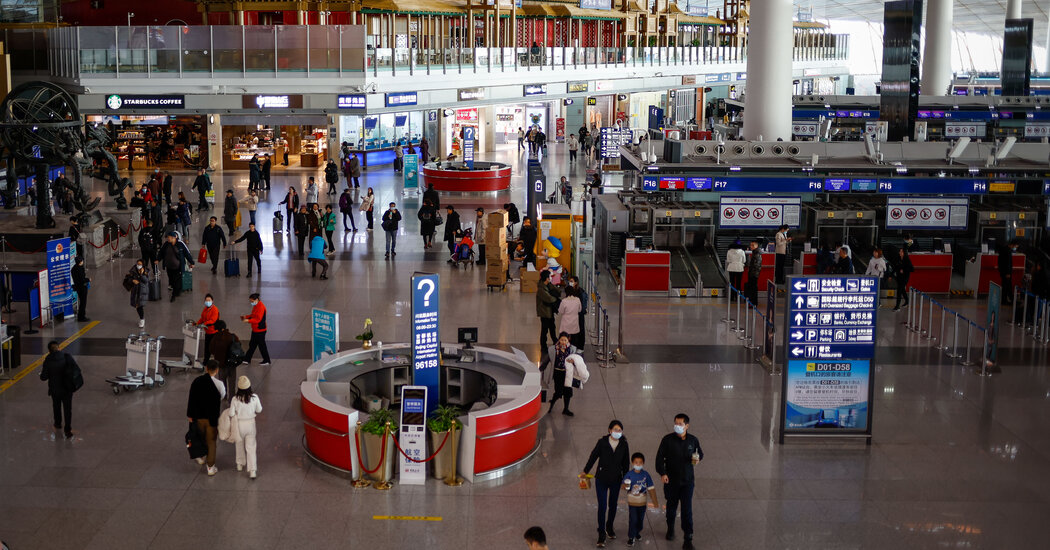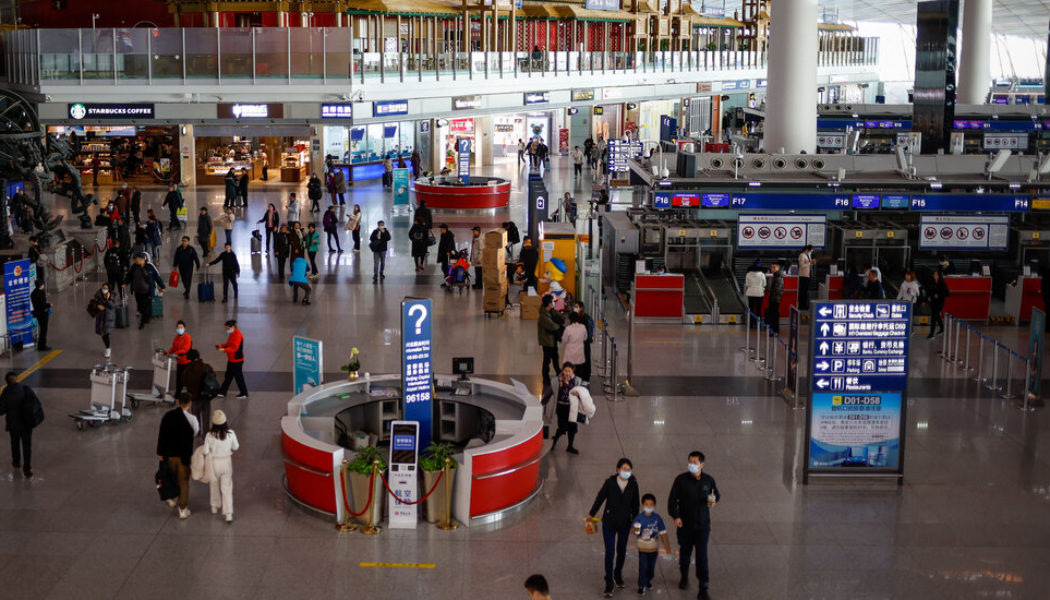
Over a year after China opened its borders following the pandemic, international trips are still lagging, although domestic travel is more popular.
Since China reopened its borders in 2023 after three years of Covid isolation, domestic travel has thrived and high-speed rail has grown increasingly popular. But international trips in and out of the country are lagging, and flight capacity is still just a third of prepandemic levels.
The economic stakes are high. Before the pandemic, Chinese travelers were the world’s biggest spenders, accounting for 20 percent of global tourism spending, according to the United Nations World Tourism Organization.
In the past year, the Chinese authorities have tried to spur more inbound travel. Among the changes: China has waived travel visas or agreed to extend the length of visa-free travel for visitors from eight countries, including Germany and France.
The main factor holding back international travel by Chinese will continue to be China’s economy. Growth has bounced back from the pandemic, but the weight of a severe real estate downturn has dampened consumer spending and confidence inside China. And global geopolitical tensions remain a wild card. China is engaged in trade disputes with the United States and Europe, home to many major multinational companies. As they think twice about their business in China, travel suffers.
Here’s what to know about the state of China’s travel economy.
Travel to China ground nearly to a halt in the pandemic. It won’t fully recover until 2025.
Throughout the pandemic, China enforced some of the strictest travel rules in the world. Overseas travelers who managed to enter the country sometimes had to quarantine at their own expense for as long as two months.








